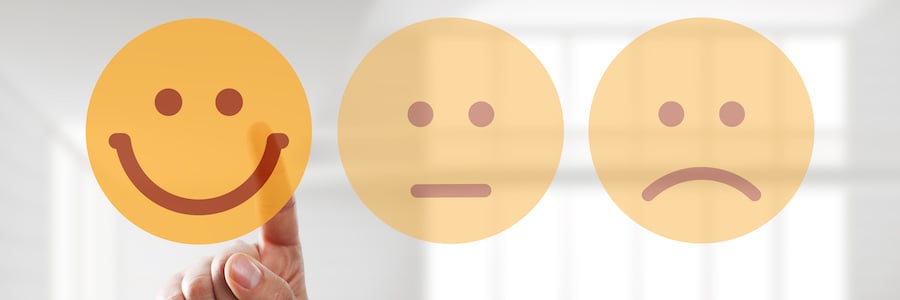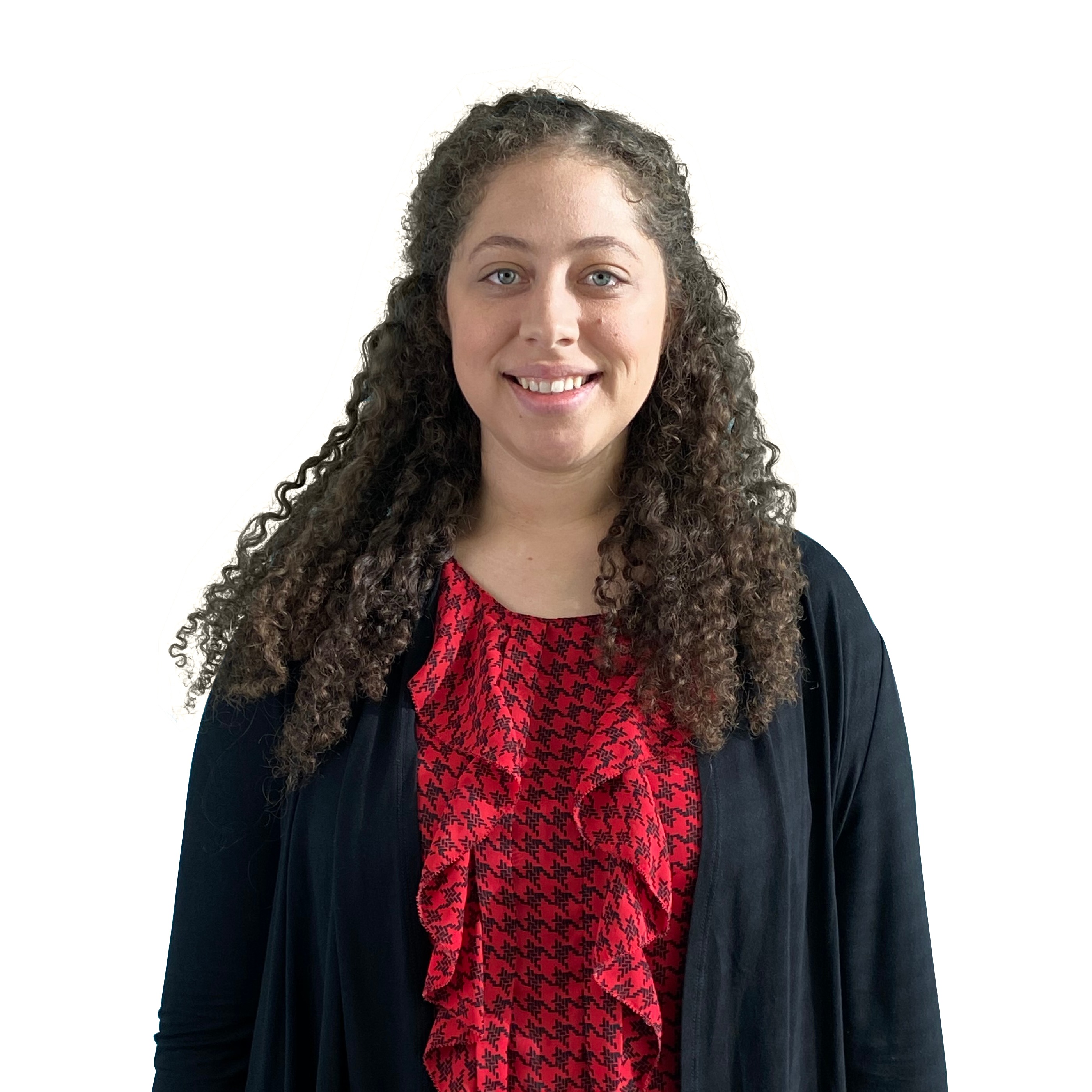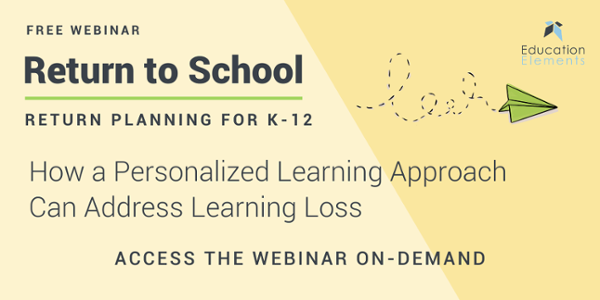
How a School Psychologist Is Supporting Students From a Distance During COVID-19
Crisis Management | School Leadership
As we look toward reimagining schools, we encourage leaders to keep in mind that communities and families have been impacted by an unprecedented time and will continue to feel the impact into the next school year, and perhaps beyond. School is a place where communities gather for connectivity and support. During these challenging times, there is an opportunity to further develop schools as a place where SEL is embedded throughout school culture.
I interviewed Christie Stewart, a school psychologist, about her experience supporting students during the spring term, as educators and students everywhere were suddenly and dramatically impacted by COVID-19. Christie worked with students in one of the nation’s first virus hotspots and continues to support a deeply affected community.
COVID-19 Response
How have your priorities as a school psychologist shifted in response to COVID-19?
Beyond my normal check-ins with students I have found myself inquiring more about how things are going in the home environment, making sure students are regularly keeping in touch with their peers, as well as making sure they are staying on top of classes/schoolwork. I have noticed that during this time having too much autonomy has been a difficult transition for many students. This is especially true when the grading system shifted from P/F to the regular grading system from the third to the fourth quarter. Many students started out viewing this period as essentially a “summer break” (i.e. staying up until 2 am) which made it harder to get back on track for the fourth quarter. But for those who were already more critical cases prior to COVID-19, I made sure that they are checking in with outside therapists if they have one, or making sure that there is a concrete plan for who they can talk to during times I (or my supervisors) am not available. And making sure to emphasize mindfulness and behavioral activation has been key for my anxious or depressed students.
How have you been supporting students from a distance?
I have maintained my normal caseload of students who I meet weekly for individual counseling, although all of my students were non-mandated. However, I have picked up additional students who I have been checking in with via email or Zoom on a weekly basis. For those who are particularly struggling during this time I have met with them twice or even 3 times a week for brief Zoom check-ins if necessary. For the more severe cases, my supervisor has been in on many of my calls and regularly been in touch with the student’s teachers, dean (guidance counselor), academic support/LRC teachers or vice principals.
For some students, school is a safe haven away from a chaotic environment. How have you been able to support those students with an unstable home environment?
For the students we know have more stressful home environments we have been keeping tabs on them weekly. We also emphasize with every interaction whether it be Zoom or email that students can reach out to us whenever they want support or just to talk, even if we have already met with them that week. We also are keeping parents in the loop that we are being in touch with their children so that they are part of helping their child.
How are you continuing to support student IEPs? How can schools prepare to support students who receive 1 to 1 support?
For students who were fully assessed by our psychoeducational evaluations, we are conducting CSE meetings via Zoom just as we would if we were in school. For triennial cases where we do not have the testing completed, we are presenting a review of records. The CSE committee then is determining whether testing will need to be completed again to get a more updated view of the case. According to NY State law, testing does not need to be completed for a triennial evaluation.
COVID Impact
What have been the biggest lessons you’ve learned from the past few months of distance learning?
One of the biggest things that has been emphasized for me during this time was utilizing my training in crisis management as well as trauma-focused treatment. I was fortunate that I was afforded this training and that I was able to use other training experiences at SHS. Additionally, I learned the importance of staying connected with others in order to boost our overall mental health. Last, as a school psychologist, I recognized how important it is to prepare students with tools to cope in stressful situations and relatedly the importance of finding things that one truly enjoys when alone. Many times students do things because they feel they should (i.e. to get into college) or things their friends like to do or group activities, but finding things that they can truly enjoy individually is key.
How have students responded to virtual support from school psychologists? What have been your biggest challenges in supporting the emotional needs of students?
I was fortunate that some of my students immediately reached out to me to talk, because of the relationship that we established while in school. For the most part, other students have been very receptive to the help offered, and either responded via email or accepted an invitation to have a Zoom meeting. The most challenging aspect is some students are not comfortable talking over video chat. They will either appear mostly out of frame or avoid the scheduled call completely. And these same students are doing the same thing in their Zoom classes throughout the day. For the students who are struggling more, we are scheduling more sessions and even calling their homes and speaking to parents if they avoid emails to make sure we are adequately assessing the student’s safety.
What long term impacts do you anticipate from this period of social distancing?
I see a shift in the way that students will be interacting with their teachers and their peers. This is especially true for those that already struggled with being physically close to others. I also feel that the separation has led to people potentially feeling even more isolated from others, especially when they are aware that their peers are regularly communicating with others. On the positive side, I see that students and school staff are more appreciative of the relationships that they have with others. For the students that persevered I think they learned that they can be more independent, which can serve to boost their confidence, but for those that struggled I noticed that they shut down completely, and this period may have affected their self-reliance, self-confidence, and self-efficacy.
What signs should parents look for to indicate that their child is struggling to cope or process the pandemic?
One of the most common behaviors was avoidance, whether it be avoiding talking about things or avoiding communicating in general. Also, students who were struggling were engaging less with friends, or doing solo activities, and had an overall flat affect or sad appearance. Physical appearance was also a good indicator, where students began to care less about how they looked during times when they felt more down. Last, sleep was a huge factor. For students displaying depressive symptomology, they were either sleeping half of the day or hardly at all.
Parents can certainly utilize the help of the school staff like the counselors and school psychologists. Additionally, mindfulness and meditation apps can be useful. Parents can schedule time specifically for family bonding or can work alongside their children. This is more so for high school aged students. Also, parents need to also practice self-care, as they won’t be as efficient if they are struggling.
In many environments, students are going from an environment where their interactions with classmates were limited to occasional Zoom chats to the summer where they may experience even more isolation. What can schools and families do to help students feel more connected with one another?
I personally put students in contact with one another who knew each other but were reluctant to reach out because they were not in school and hadn’t talked for a few weeks. This worked because I knew the students personally and I knew both parties would be responsive. One student who was feeling isolated recently informed me that they have regularly been in touch with the student I told them to talk to, said that it was going really well and they were happy I suggested they reach out. Encouraging students to talk with their peers or finding avenues where students have shared interests is key. My supervisor also collaborated with an art teacher to set up Zoom art-making sessions, where students were invited to work on whatever they want to but in a group format. I also know that families have been doing birthday or graduation “drive-bys” where they make signs and bring goodies to show their support for their friends and show them that even in these times of separation we are still connected. Schools can set up virtual events and parents can encourage interactions with peers.
Planning for Next Year
Education Elements is working with administrators across the nation in developing plans for potential school return scenarios for the fall. From your perspective as a school psychologist, what should be the priority considerations for supporting the social and emotional needs of students?
One of the major factors to be considered is making sure that students not feel overwhelmed. Relatedly, making sure students are aware they can get help from their teachers or others. And follow-up or checking-in early with these students is necessary, as many of the students who are potentially failing were not reaching out when they started falling behind and felt that is was “too late.” A large number of students who shut down were overwhelmed with the amount of work, the feeling that they were not provided with the same level of instruction/opportunity to ask for help, or simply overwhelmed with being put on the spot in a video setting. Making accommodations for those with social anxiety or generalized anxiety will help a great deal. And providing assistance early on could prevent students from spiraling downward.
How will you take the lessons learned from this experience into the next school year?
For me personally, I am wrapping up my internship and looking forward to finding a permanent role as a school psychologist. I wish I could stay at my current school and support students through the transition back to school, but I plan to equip them to the best of my ability. In a sense, I am grateful for this challenging and unique experience during my last year of internship because it will enable me to take the lessons I learned and personal growth I experienced into my career moving forward.
About Christie Stewart
Christie is a doctoral candidate at St. John’s University. She holds a provisional certification as a school psychologist. She has completed both her part-time (3 days a week) and full-time (5 days a week) internships at Scarsdale High School, located in Westchester, NY. In between both internships, she did a part-time externship in the Program for Anxiety and Traumatic Stress Studies (PATSS) at Weill Cornell/New York Presbyterian.
About Kimberley Stewart - Guest Author
Kimberley Stewart was a Design Principal at Education Elements. She is passionate about collaborating with educators to create transformative learning experiences that enable all learners to thrive. Kimberley worked in nonprofit early in her career, developing edtech initiatives in Southern California and utilizing her analytical insight to better understand stakeholder needs to ensure project success. At Hanover Research, Kimberley was based in D.C. but consulted with schools, universities, and educational organizations nationally and globally to understand their unique challenges and develop effective solutions. Her impressive project outcomes were recognized when she received the firmwide STAR Award. She also co-founded an entrepreneurship education organization based in NYC, Taipei, and Hong Kong where she utilized design thinking to support innovative learning for students and teachers. Most recently, she spent time in Mauritius, Kenya, Rwanda, and South Africa laying the foundation for a career placement program for African Leadership University. Kimberley earned a B.A. in Sociology from Stanford University. She currently resides in Los Angeles and enjoys traveling in her free time. She has visited all 50 U.S. states and over 60 countries.



